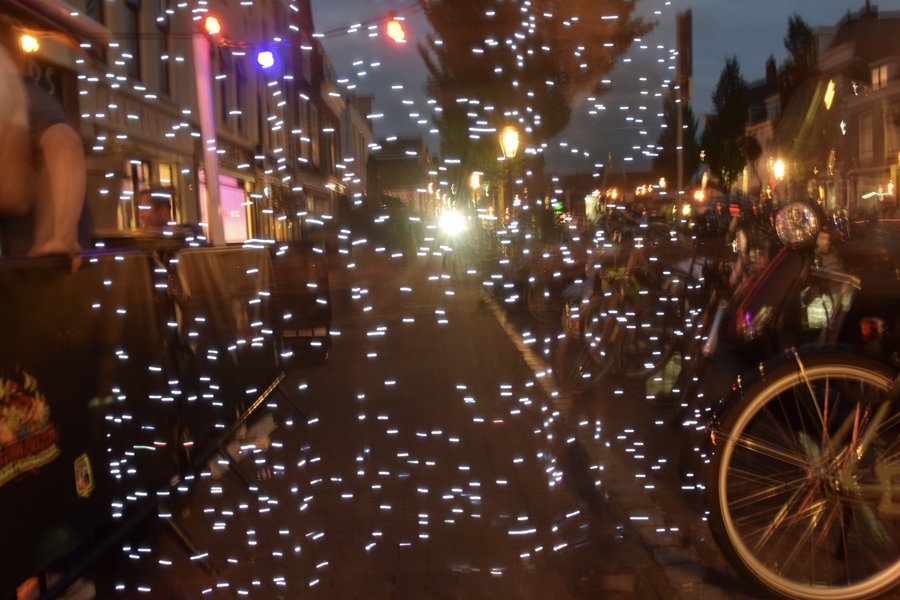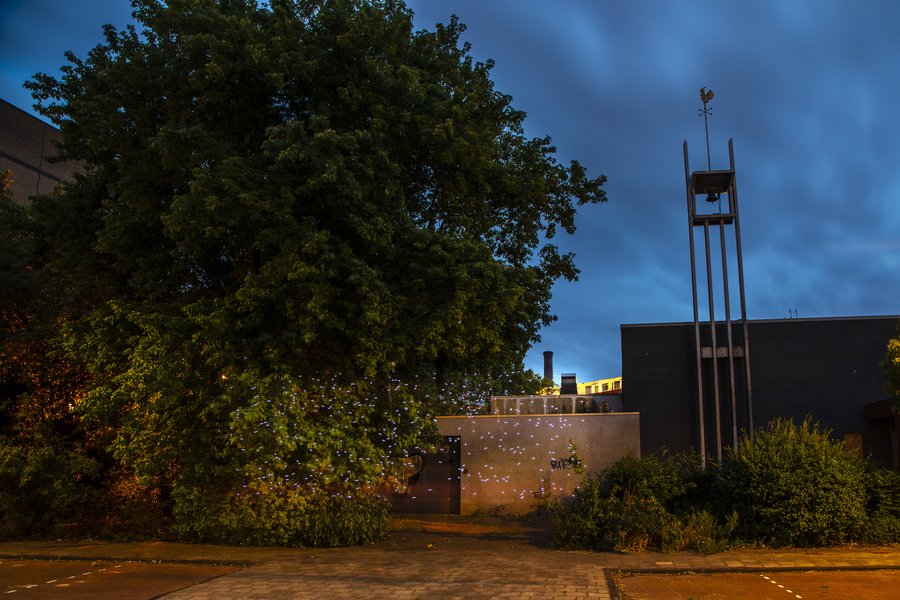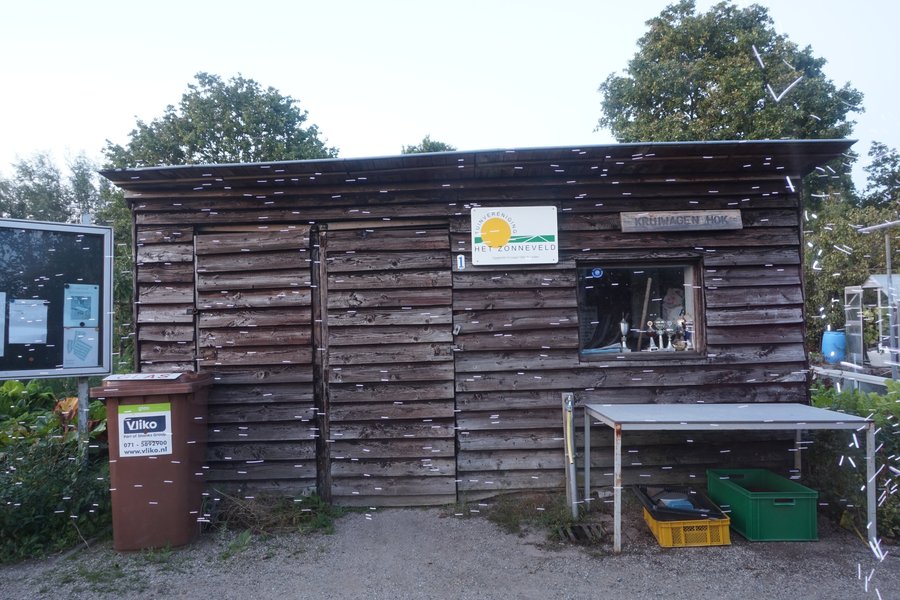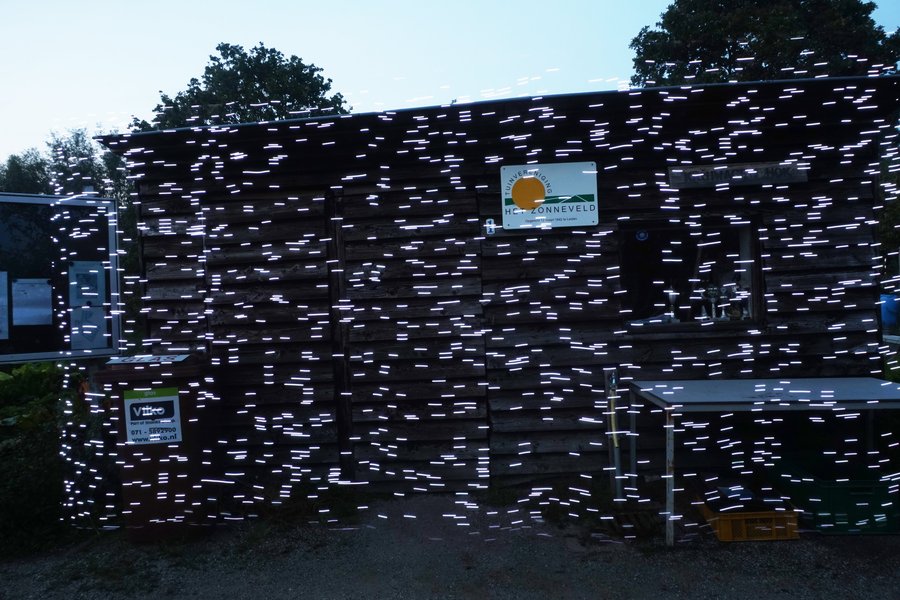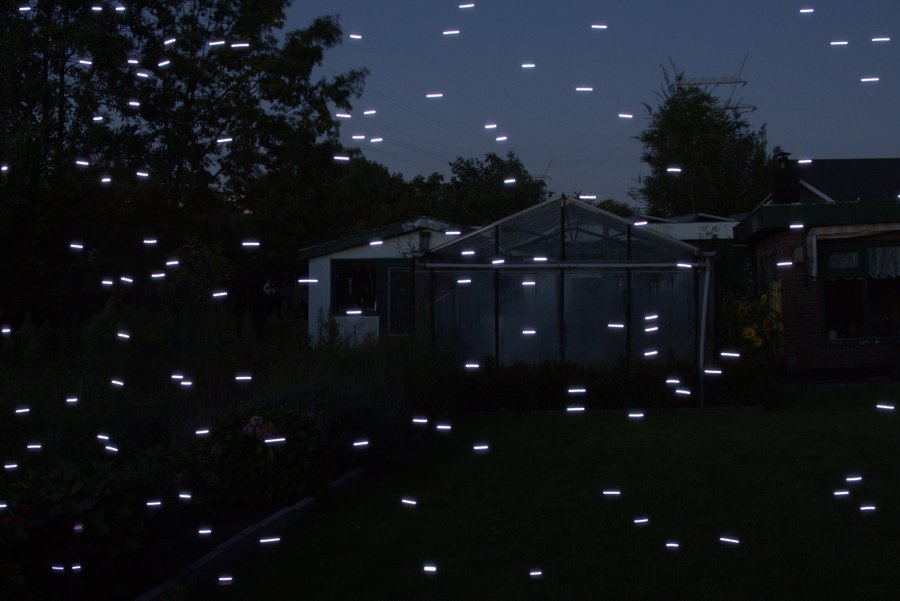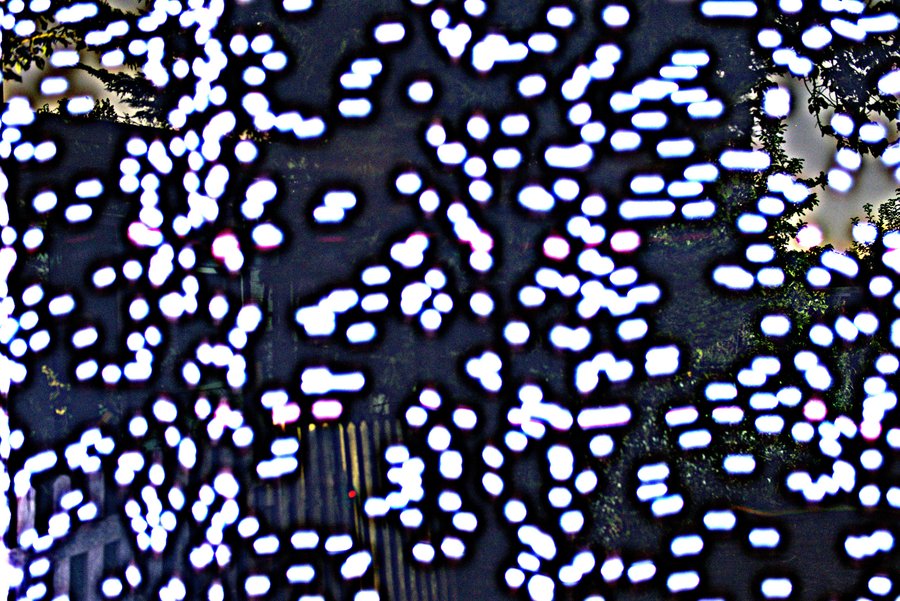Harnessing citizen science to tackle air pollution: the APoCS Project
Citizen science can play a crucial role in generating support, advocacy, and most importantly, action against air pollution. With this in mind, the Air Pollution Citizen Science (APoCS) project was established. Within the framework of this initiative, Professor Francis Pope, Dr Carlo Luiu (School of Geography, Earth and Environmental Sciences - University of Birmingham) alongside international audio-visual artist Dr Robin Price, Margaret Gold and Marin Visscher (Citizen Science Lab - Leiden University), provided training for citizen scientists, equipping them to adapt and expand a photographic light painting technique developed by Robin Price to generate dialogue around air pollution and its effects on local community well-being. This unique collaboration between academic experts, citizen scientists, digital artists, and local communities generated new tools to effectively engage and empower communities.
During a three-day workshop titled “Luchtkwaliteit in Beeld” (Air Quality in Photos) carried out in June 2023 in Leiden, citizen scientists, comprising professional and amateur photographers and environmental activists, explored various aspects, including:
- The wider social and health implications of air pollution,
- How citizen scientists can use photographic light painting to visualise air pollution and change the narrative to raise awareness and tackle air pollution.
- How to build low-cost air quality monitoring sensors.
- Learning how the photographic light painting technique and identifying the best location in Leiden for capturing images that represent air pollution
A set of 8 photos from the citizen scientists was selected to represent the project at the Nacht van Ontdekkingen (Night of Discoveries), an art and knowledge festival carried out in Leiden on Saturday, 16 September 2023. At the festival, the research team engaged with the citizens of Leiden, examining “how to make the invisible visible” and pinpointing locations in Leiden where the photographic light painting technique might help to identify air pollution hotspots.
Further information
For more details, you can explore this video showcasing the workshop’s activities and view this interactive map featuring the photos taken by the citizen scientists involved in the project.
Stay in touch & up-to-date!
Follow us on our social media channels:
Twitter
LinkedIn
Instagram
Facebook
And subscribe to our EUniWell newsletter for regular highlights and save-the-dates to upcoming EUniWell events delivered straight to your inbox:
